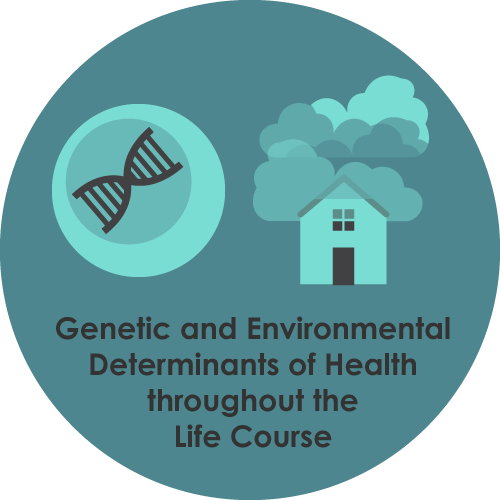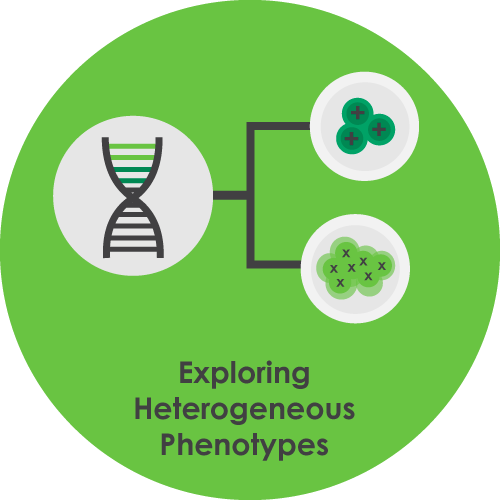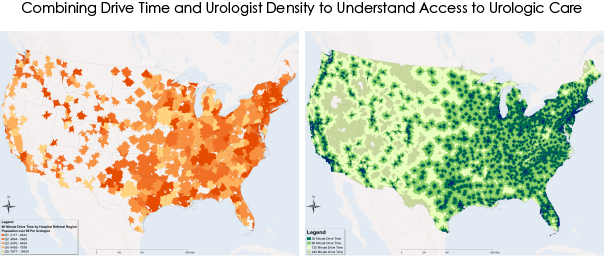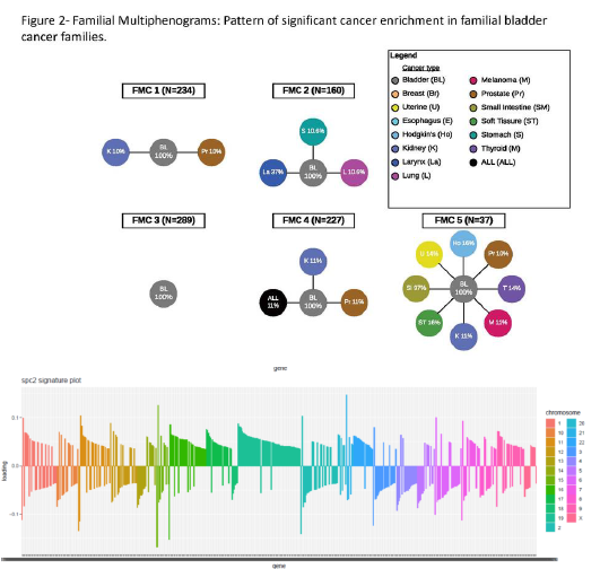
Research



Genetic and Environmental Determinants of Health throughout the Life Course
The overall goal of my research in this area is to promote healthy aging and longevity by understanding genetic and environmental determinants of health throughout the life course. I use the UPDB and other large datasets, including the SEER-Medicare files, to gain a fuller understanding of heterogeneity in patterns of aging and the factors throughout the life course that shape them to improve population predictions, identify at risk populations that may benefit from public health interventions, and characterize the process of aging in a diverse population. My studies have shown that both familial predispositions and environments affect health outcomes.

Selected References:
Early Origins of Longevity: Prenatal exposures to food shortage among early Utah pioneers (2013) Journal of Developmental Origins of Health and Disease
The joint effects of family risk of obesity and neighborhood environment on obesity among women (2017) Social Science & Medicine
Cancer risk in families fulfilling the amsterdam criteria for lynch syndrome (2017) JAMA Oncology
Familial Cancer Clustering in Urothelial Cancer: A Population-Based Case-Control Study (2017) J Natl Cancer Inst
Life Course Approach to Chronic Disease Epidemiology
Central to life course epidemiology is the idea that there are periods of plasticity, where individuals may experience physiological or social change that alters their future health trajectories. The paths to disease and longevity are diverse and knowledge of how circumstances throughout the life course affect the way individuals age will be improved by focusing on this variability in morbidity and mortality. My research has seeks to disentangle the biological and temporal sources of trends in cancer incidence, investigate the possible social and physiological effects of fertility history on comorbidity trajectories after age 65, examine early socioeconomic status, early neighborhood effects and deaths in the family have all been shown to affect survival and health in the adult years

Selected References:
Baby Boomers and Birth Certificates: Early Life Socioeconomic Status and Cancer Risk in Adulthood (2016) Cancer Epidemiol Biomarkers Prev
An age-period-cohort analysis of cancer incidence among the oldest old (2014) Population Studies
Is Cancer Protective for Subsequent Alzheimer's Disease Risk? Evidence from the Utah Population Database (2016) Journals of Gerontology
Survival of offspring who experience early parental death: Early life conditions and later-life mortality (2014) Soc Sci Med
Exploring Heterogeneous Phenotypes
It is time to move past classic phenotype definitions and use the vast amounts of patient-specific information being collected by health care systems to create more refined definitions of phenotypes. I have used finite mixture modeling tools to model diverse disease trajectories over an 18-year period in the Medicare population. These trajectories were used to categorize individuals into a range of aging patterns from the ‘robust’ to ‘frail’. I have furthered this work by investigating the relationship between cancer and Alzheimer’s disease, infertility and cancer risk, and infertility and congenital malformations. I have also used recursive partitioning approaches to investigate diverse pathways to disease risk. I am currently completing my tenure as a BIRCWH scholar. As part of my career development and research aims, I am in the process of developing tools that identify sex-specific patterns of cancer coaggregation across multiple sites within families. I have promising preliminary work that identifies seven distinct patterns of familial cancer coaggregation within families with at least one thyroid cancer diagnosis. I am currently working on expanding my research to include other cancer sites that affect the female population in Utah.

Selected References:
Reproductive History and Later Life Comorbidity Trajectories: A Medicare Linked Cohort Study from the Utah Population Database (2015) Demography
Subfertility Increases Risk of Testicular Cancer: Evidence from Population Based Semen Samples (2016) Fertil Steril
Risk of childhood mortality in family members of men with poor semen quality (2017) Hum Reprod
Childhood Cancer Risk In The Siblings and Cousins Of Men With Poor Semen Quality (2017) J Urol


